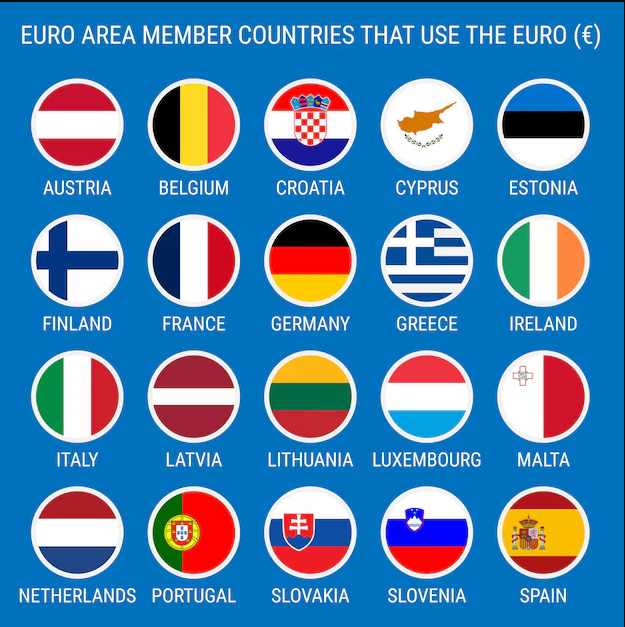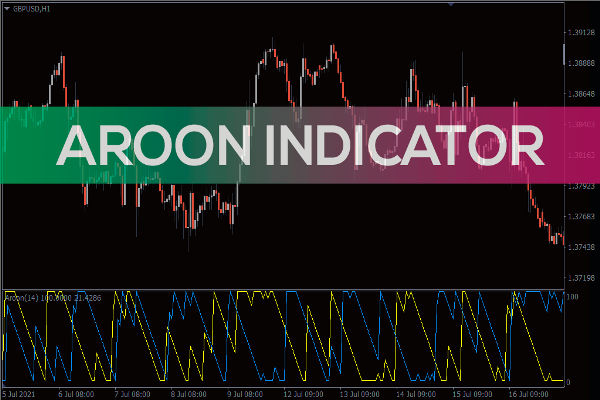As of 2025, the euro (€) is one of the most influential currencies globally, serving as the official currency for numerous countries within and outside the European Union (EU).
Introduced in 1999 as an electronic currency and later in 2002 as physical notes and coins, the euro has become a symbol of economic integration and stability among its adopters.
This article provides a comprehensive overview of what countries use the euro in 2025, exploring EU member states and non-EU nations that have adopted the currency.
What Countries Use the Euro? Eurozone

The eurozone, officially known as the euro area, comprises EU member states that have adopted the euro as their official currency. As of 2025, the eurozone includes 20 countries: Austria, Belgium, Croatia, Cyprus, Estonia, Finland, France, Germany, Greece, Ireland, Italy, Latvia, Lithuania, Luxembourg, Malta, the Netherlands, Portugal, Slovakia, Slovenia, and Spain. These nations have fully integrated the euro into their economies, replacing their former national currencies.
Croatia is the most recent addition to the eurozone, having adopted the euro on January 1, 2023. This transition marked a significant milestone for the country, symbolising deeper integration into the EU's economic framework.
Non-EU Countries Using the Euro
Beyond the EU, several non-member countries and territories have adopted the euro, either through formal agreements or unilateral decisions. These include Andorra, Monaco, San Marino, and Vatican City, which have formal agreements with the EU to use the euro and mint their own coins.
Moreover, Kosovo and Montenegro have unilaterally adopted the euro as their de facto currency despite not having formal agreements with the EU.
EU Member States Yet to Adopt the Euro

While the euro is the official currency for many EU countries, several member states have not yet adopted it. As of 2025, the EU countries that continue to use their national currencies include Bulgaria, the Czech Republic, Denmark, Hungary, Poland, Romania, and Sweden.
These nations are at various stages of meeting the convergence criteria required for euro adoption, and some have opted to retain their currencies for economic or political reasons.
Why Some European Countries Don't Use the Euro
Some European Union countries do not use the euro because they either have not met the necessary economic criteria, have chosen to delay adoption for political or financial reasons, or have secured opt-outs from the euro requirement.
Under EU law, all member states (except those with opt-outs) are expected to eventually adopt the euro. To do so, they must meet the Maastricht convergence criteria, which include keeping inflation and long-term interest rates low, maintaining exchange rate stability, and ensuring sound public finances with budget deficits below 3% of GDP and government debt under 60% of GDP.
Several countries — such as Hungary, Poland, and Romania — have not yet consistently met these benchmarks or have chosen not to pursue euro adoption aggressively due to concerns about losing control over their monetary policy.
While technically obligated to adopt the euro, Sweden has delayed the process by deliberately avoiding joining the Exchange Rate Mechanism (ERM II), a prerequisite for adoption. Since there is no specific timeline, Sweden has effectively opted out without a formal agreement.
Denmark has a complete opt-out secured by the treaty. It held a referendum in 2000 in which the public voted against adopting the euro, and the country has retained the Danish krone ever since.
In many cases, the hesitation is based on economic sovereignty. National governments often prefer to retain control over their interest rates, currency valuation, and fiscal strategy, especially in uncertain or rapidly changing economic conditions.
Additionally, public opinion in some countries remains sceptical of euro adoption, particularly following the eurozone debt crisis, which exposed vulnerabilities in shared monetary systems without fiscal union.
Recent Developments and Future Prospects
In recent years, there has been a notable shift towards greater euro adoption and integration. For instance, Moldova has switched its reference currency from the U.S. dollar to the euro for official exchange rates, reflecting its economic pivot towards the EU market.
Additionally, countries like Albania and Montenegro have been welcomed into the Single Euro Payments Area (SEPA), facilitating more efficient euro-denominated transactions.
Conclusion
In conclusion, the euro's adoption across various countries underscores its role as a unifying economic force in Europe. As of 2025, the euro is the official currency for 20 EU member states and several non-EU countries, reflecting its widespread acceptance and significance.
While some EU nations continue to use their national currencies, the euro's influence remains substantial, shaping economic policies and fostering integration across the continent.
Disclaimer: This material is for general information purposes only and is not intended as (and should not be considered to be) financial, investment or other advice on which reliance should be placed. No opinion given in the material constitutes a recommendation by EBC or the author that any particular investment, security, transaction or investment strategy is suitable for any specific person.








